Conceptual garden design emerged as an artistic expression that transcends traditional gardening boundaries. Originating in the latter half of the 20th century, this approach combines art, nature, and thought-provoking themes to create immersive outdoor experiences. Unlike conventional gardens that prioritize aesthetics and functionality, conceptual gardens are built on ideas, challenging viewers to engage with the environment in new ways. While some may perceive this design as avant-garde or inaccessible, it's actually an invitation to explore creativity and innovation in the landscape. Embrace this imaginative trend with the following conceptual garden design inspirations and craft an outdoor space that tells a story.
Textured water feature. Incorporating a cascading water element alongside sleek stone surfaces can enhance the tranquil ambiance of the space. Source
Contemporary patio design with wooden decking and an umbrella. This setup creates a stylish and functional outdoor space, perfect for relaxation and entertaining while ensuring optimal use of the area. Source
Lush tropical pathway bordered by vibrant purple vines and broad green leaves. This design fosters a serene and inviting atmosphere, perfect for leisurely walks and relaxation. Source
Terraced landscaping with native shrubs and decorative stone. This design creates visual interest and enhances water management through layered elevation. Source
Tranquil outdoor dining area featuring natural stone tiles, ambient lighting, and lush greenery. This design promotes relaxation and enhances the dining experience under the night sky. Source
Vibrant flower beds interspersed with native plants. This design enhances biodiversity and attracts pollinators, creating a lively and sustainable garden space. Source
Curved water features with surrounding flower beds. Incorporating these elements enhances visual interest and promotes a tranquil atmosphere in the garden. Source
Serene aquatic oasis with a rectangular pool and spa. This design promotes relaxation and enhances outdoor aesthetics through calm water features and lush greenery. Source
Lush garden pathways with integrated seating areas. This design encourages outdoor relaxation and connectivity with nature. Source
Mediterranean-inspired seating area with lush greenery and stone features. This design promotes relaxation and connection with nature, creating an inviting outdoor retreat. Source
Cozy seating area with dogwood blooms. Integrating comfortable seating amidst vibrant flowering shrubs creates an inviting outdoor retreat. Source
Lush rooftop garden with mixed plantings and modern containers. This design enhances urban spaces by creating a vibrant, green retreat amidst the cityscape. Source
Desert-inspired succulent garden. Incorporate varied textures and colors of succulents with layered rock formations. This choice creates a visually appealing and drought-resistant landscape. Source
Layered concrete steps with surrounding greenery. This design enhances spatial movement while integrating nature, creating a serene and functional outdoor experience. Source
Outdoor lounge area with a wooden pergola. This inviting space enhances comfort and relaxation while providing shade, perfect for gatherings or quiet moments. Source
Serene water feature with vibrant flower beds. This design integrates calming water and colorful flora to create a tranquil and inviting outdoor space. Source
Expressive plant groupings. Incorporate diverse foliage textures and seasonal blooms to create visual interest and a dynamic garden space. Source
Curved hedges and ornamental grasses. Incorporating these elements can create a softer, more inviting transition from the house to the garden while enhancing visual flow. Source
Landscape architecture principles
Landscape architecture principles emphasize balance, unity, and scale. Creating harmony between plants, structures, and outdoor spaces really makes a garden pop. Pay attention to how elements interact and flow together for that cohesive vibe.
Sustainable plant selection
Sustainable plant selection is all about choosing plants that thrive in your local climate and soil, which reduces the need for extra water and fertilizers. Native plants are a great option since they attract local wildlife and require less maintenance, making them eco-friendly winners. Mixing in some drought-resistant varieties can also help create a resilient garden that looks good year-round without putting too much strain on resources.
Hardscape elements
Hardscape elements play a huge role in garden design, adding structure and functionality. Think patios, pathways, and retaining walls that give your outdoor space a polished look. Plus, they can complement the greenery perfectly, creating a balanced vibe that invites relaxation.
Color palette coordination
Choosing the right color palette can totally transform your garden vibe. Think about mixing vibrant blooms with subtle foliage to create a cool contrast. Experimenting with different shades, like pairing deep purples with soft whites, can really make your space pop and feel alive.
Water feature integration
Water features totally elevate garden design, bringing in a soothing vibe that just draws you in. Think about adding a small pond, fountain, or even a birdbath to create those relaxing sounds of water. It's all about finding the right spot where the feature enhances the garden's flow and becomes a focal point.
Ecological balance
Creating an ecological balance in garden design means working with nature instead of fighting against it. Choosing native plants attracts local wildlife, helping to maintain biodiversity while providing a natural habitat. Incorporating elements like water features or composting areas promotes sustainability, making your garden thrive harmoniously with the environment.
Artistic focal points
Artistic focal points in garden design really add that wow factor. Think about using sculptures, unique planters, or even a striking water feature to draw the eye and create interest. They not only break up the greenery but also reflect your personal style and make the space feel more inviting.
Conceptual garden design emphasizes the integration of artistic vision and thematic elements to create spaces that are aesthetically pleasing and reflective of broader ideas, rather than just a collection of plants and hardscape features. The process involves understanding the site context, experimenting with forms, textures, and colors, and often requires collaboration with artists, architects, and other designers to bring the conceptual vision to life. Successful conceptual garden design results in a cohesive, immersive environment that not only meets functional needs but also engages visitors intellectually and emotionally.

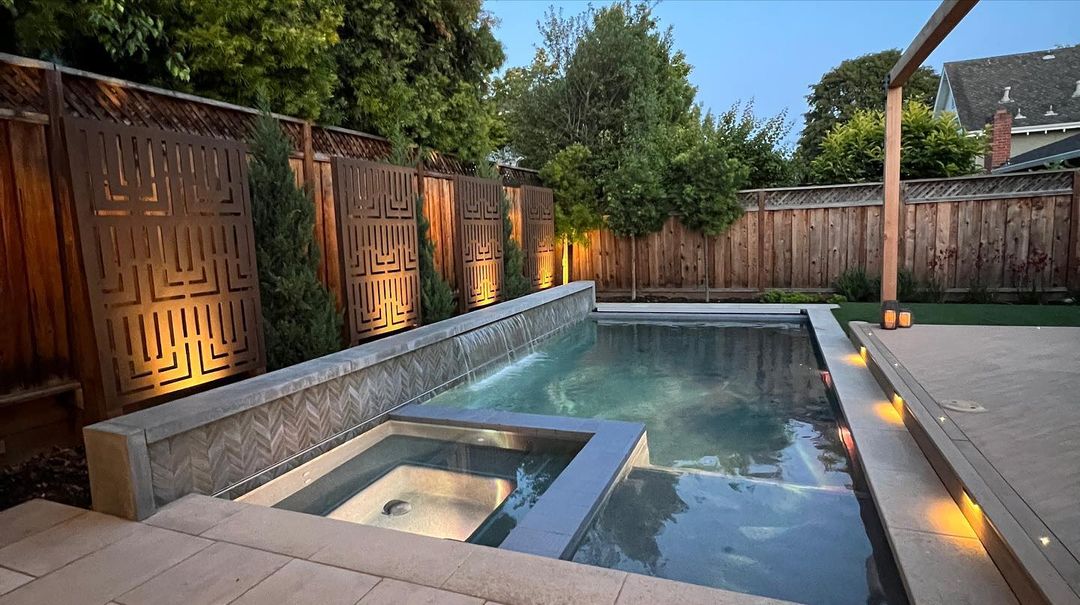
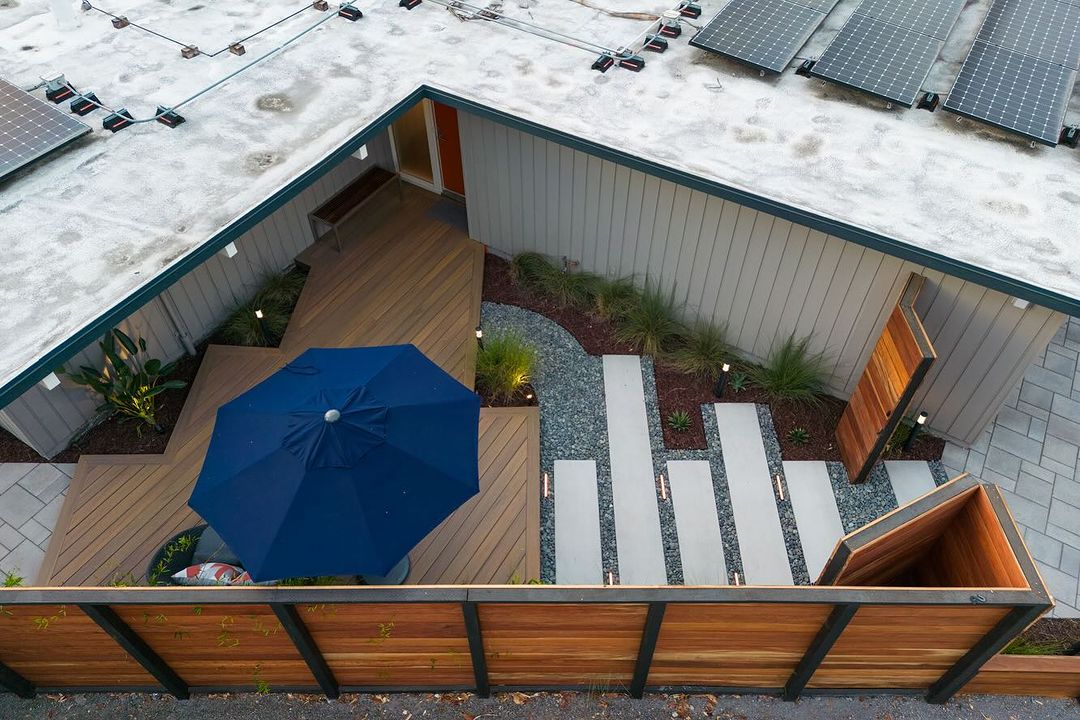
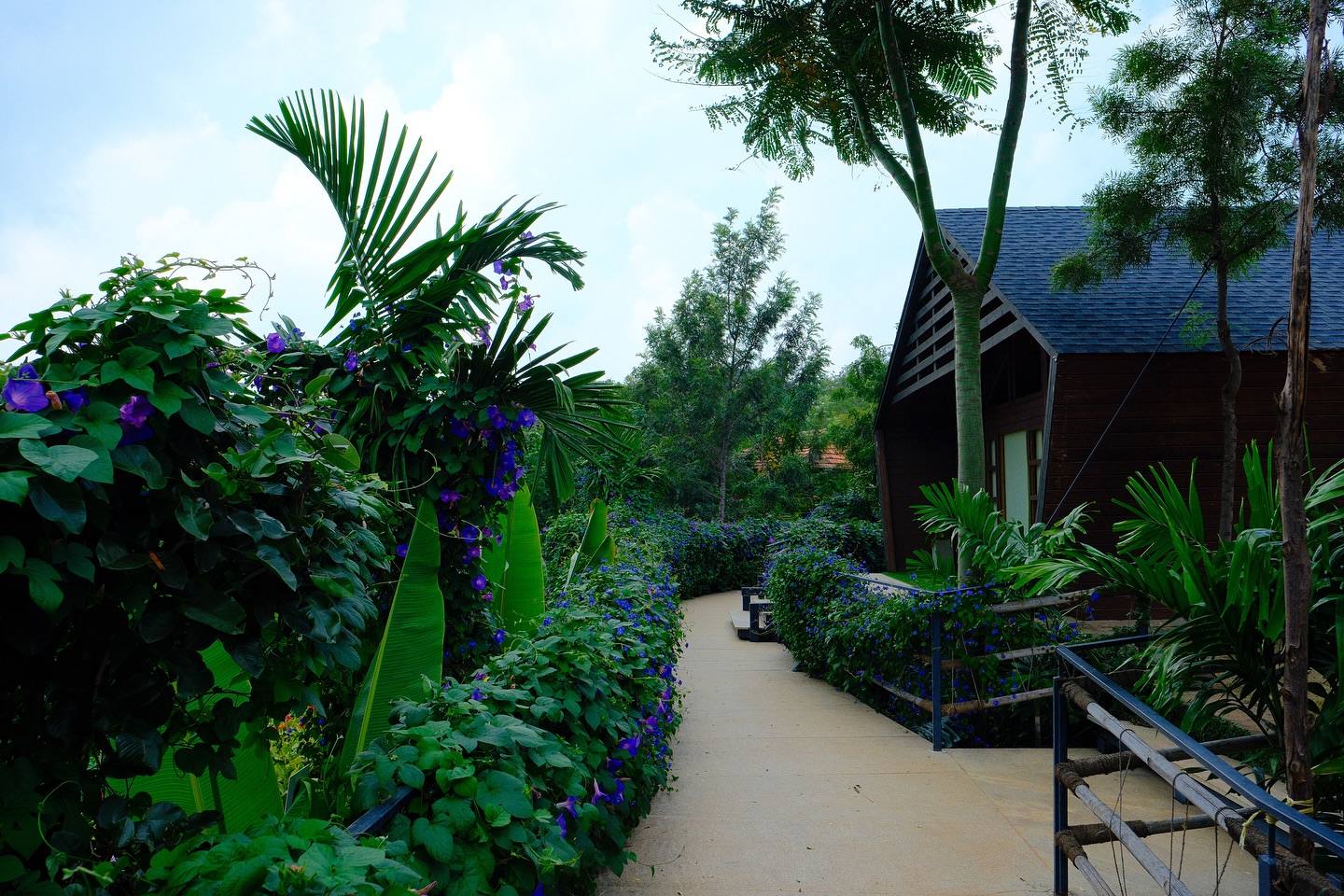
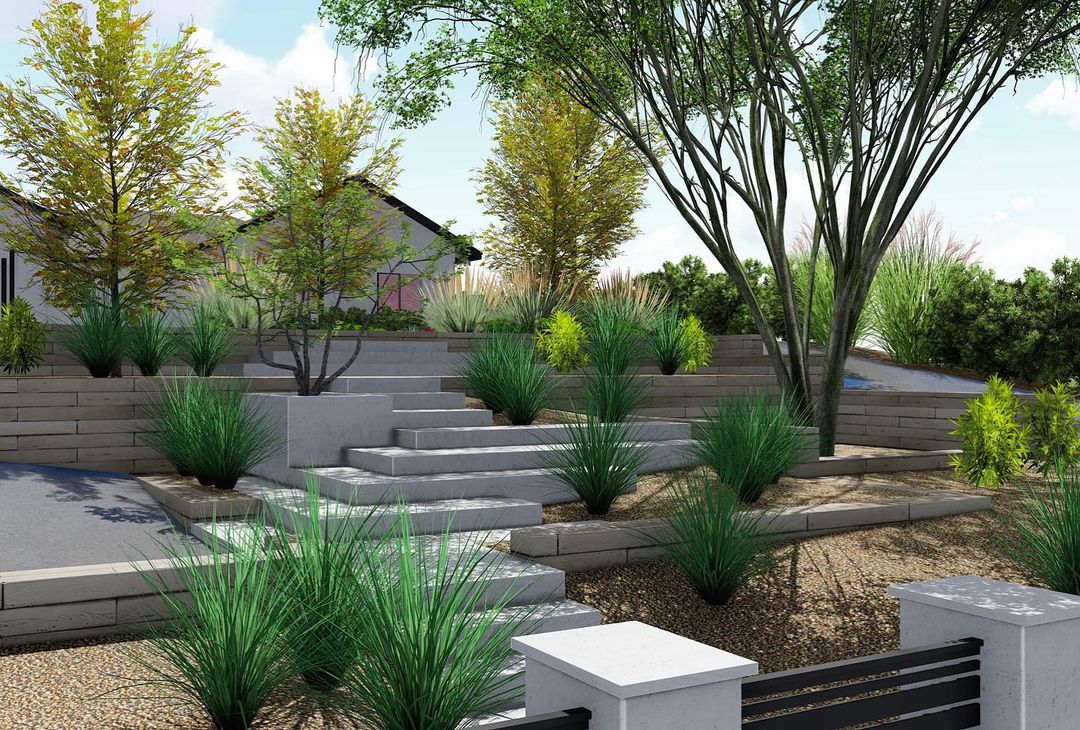
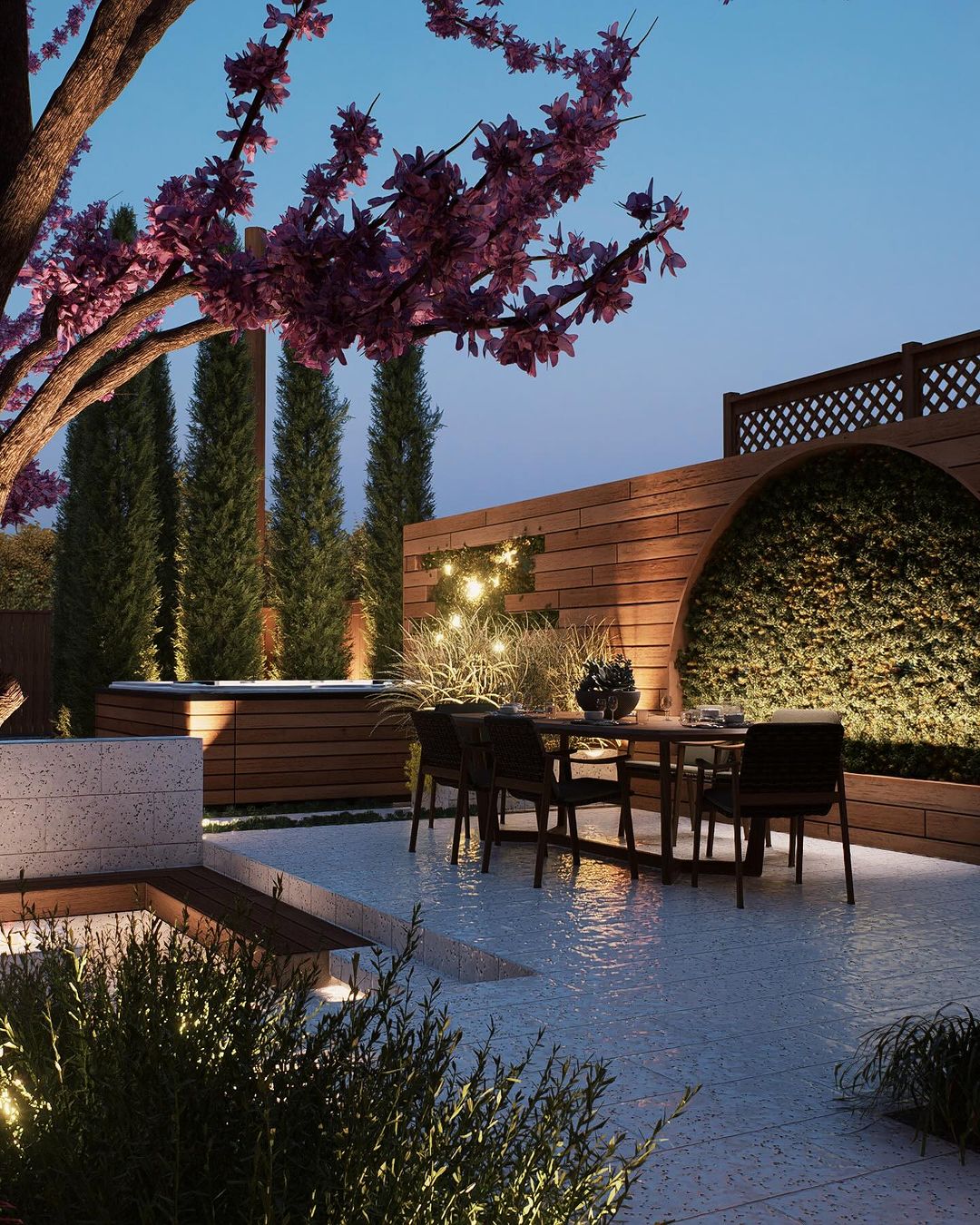
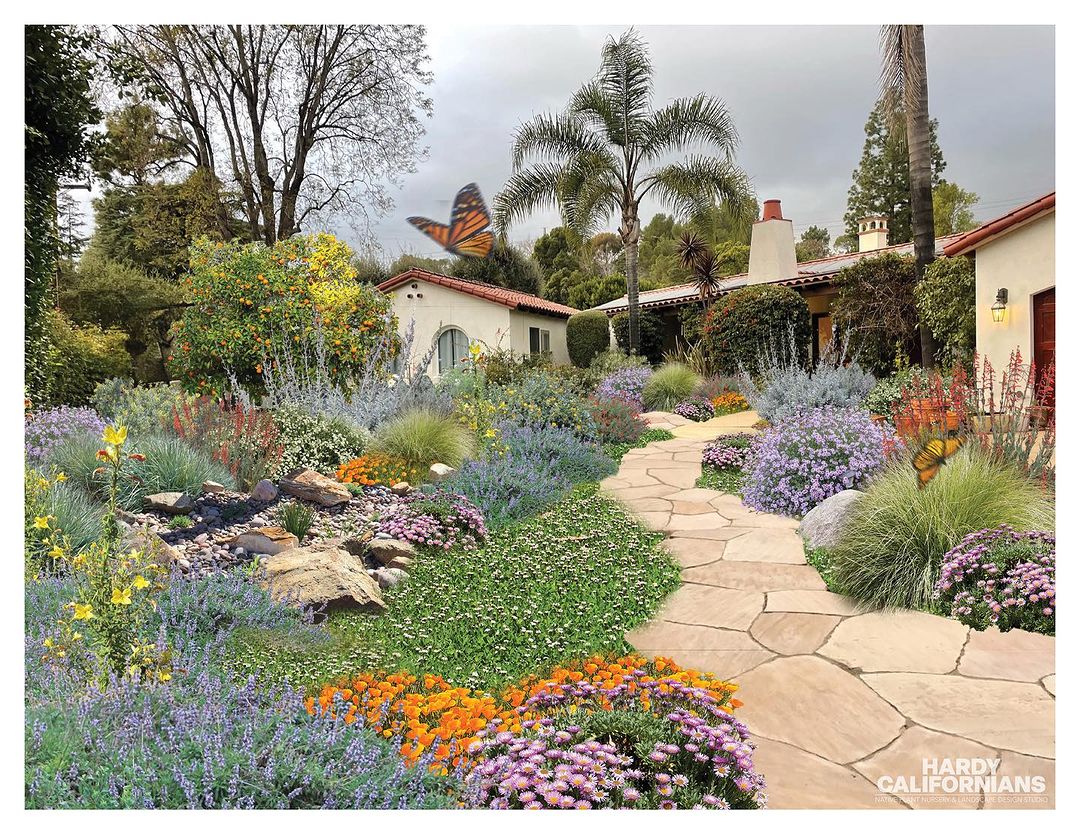
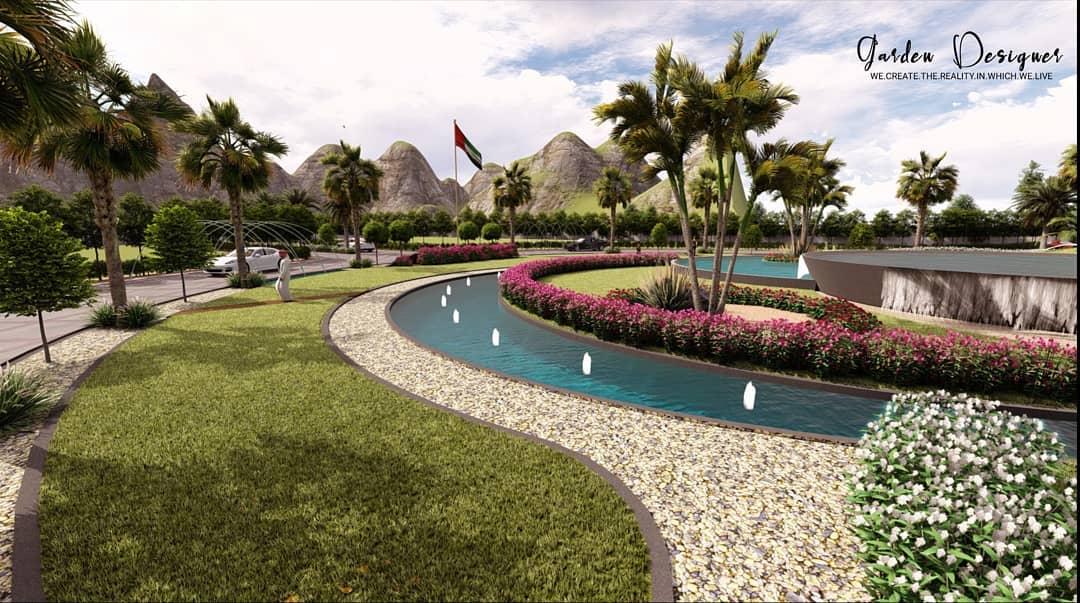
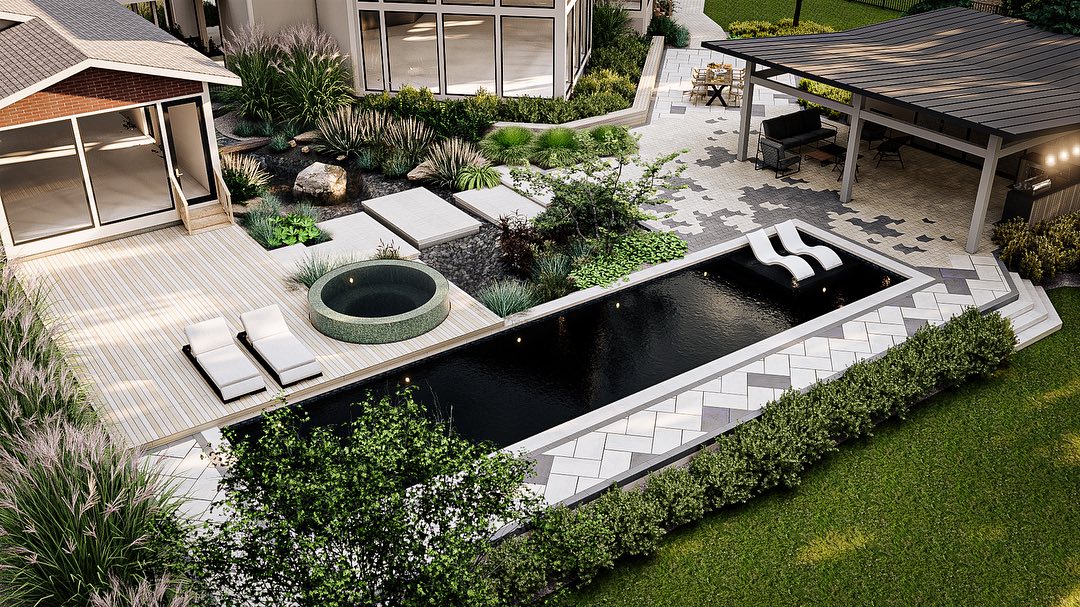
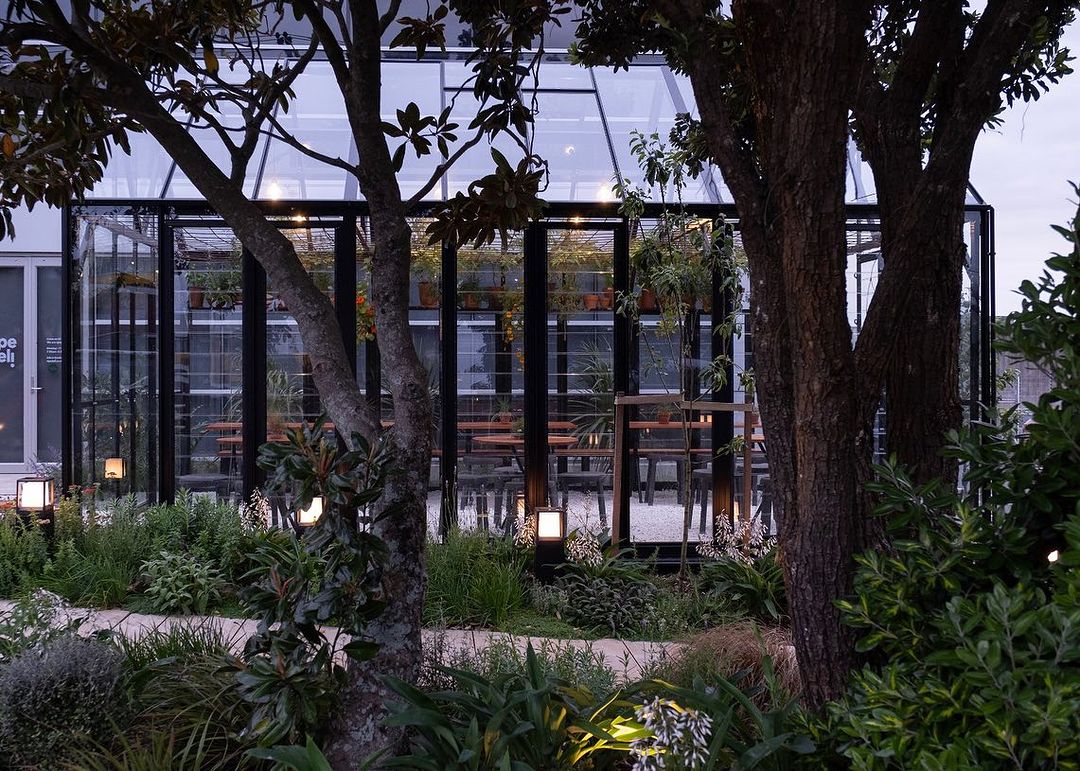
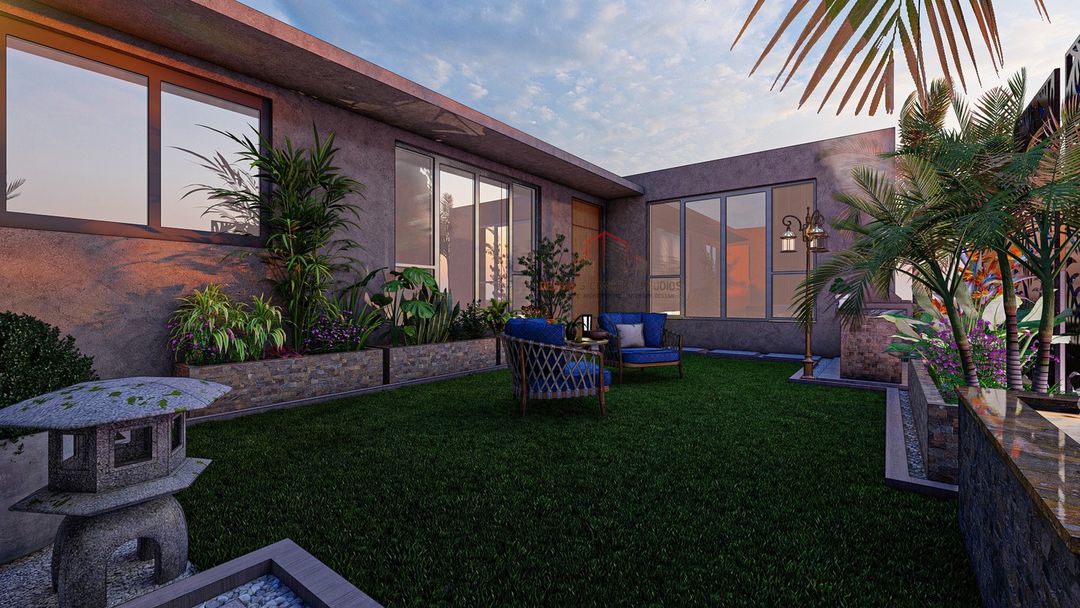
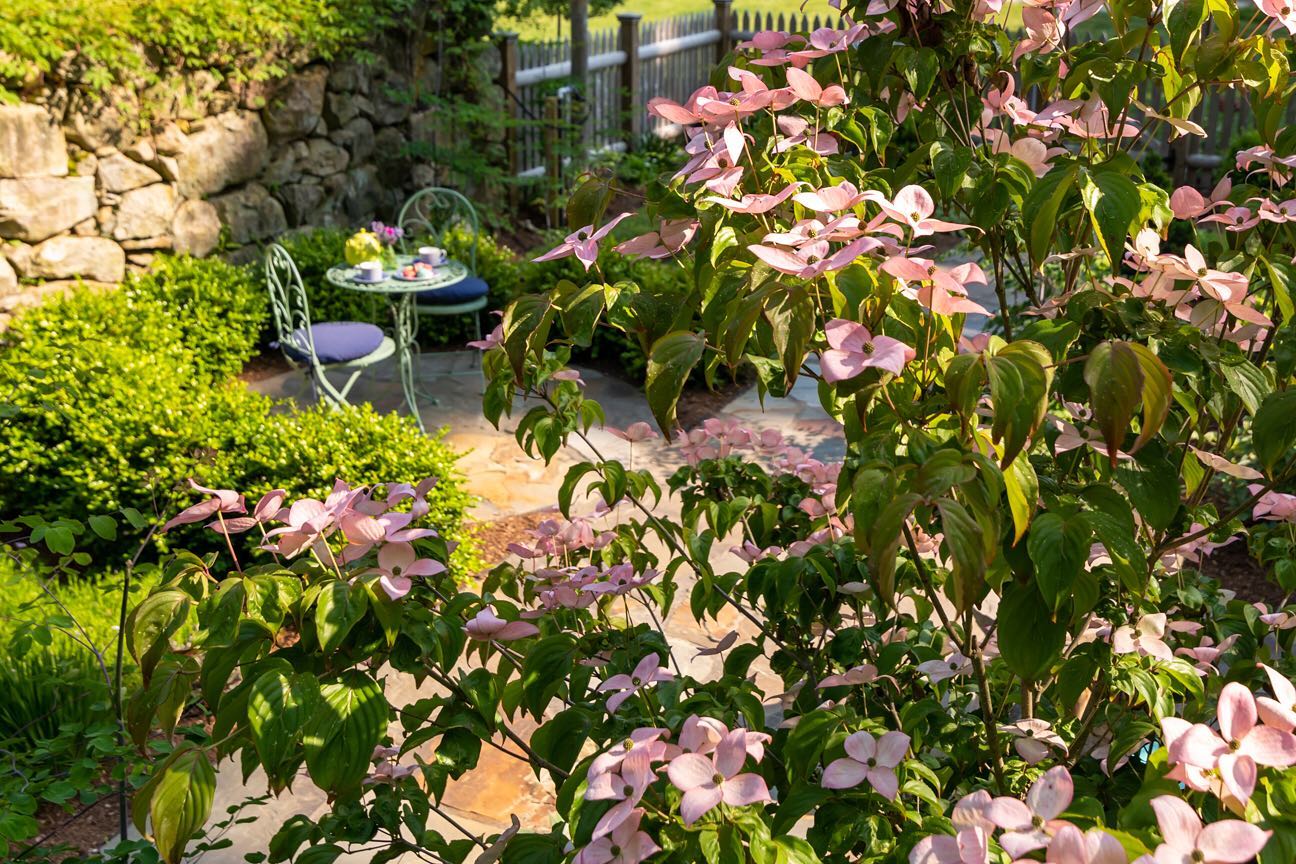
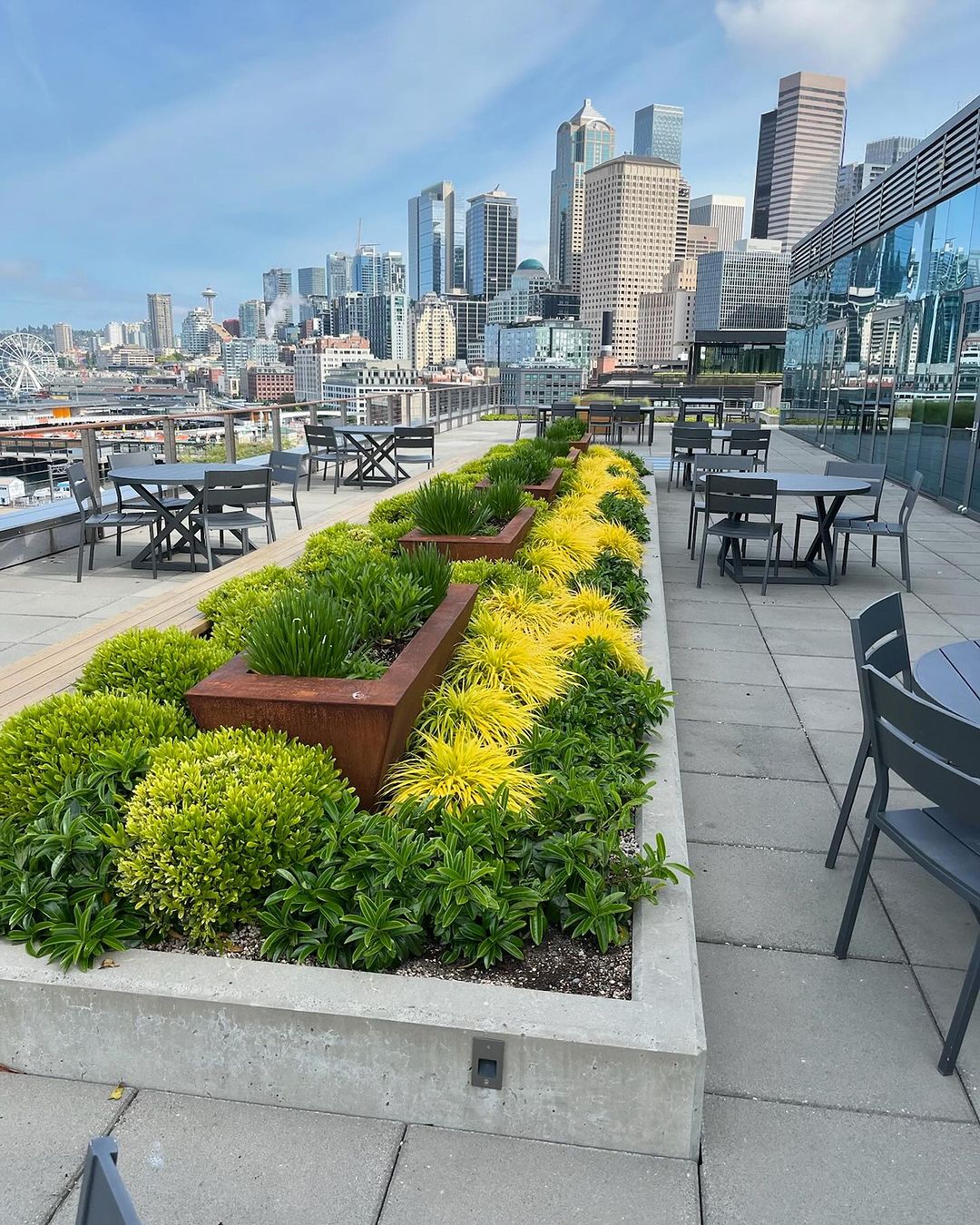
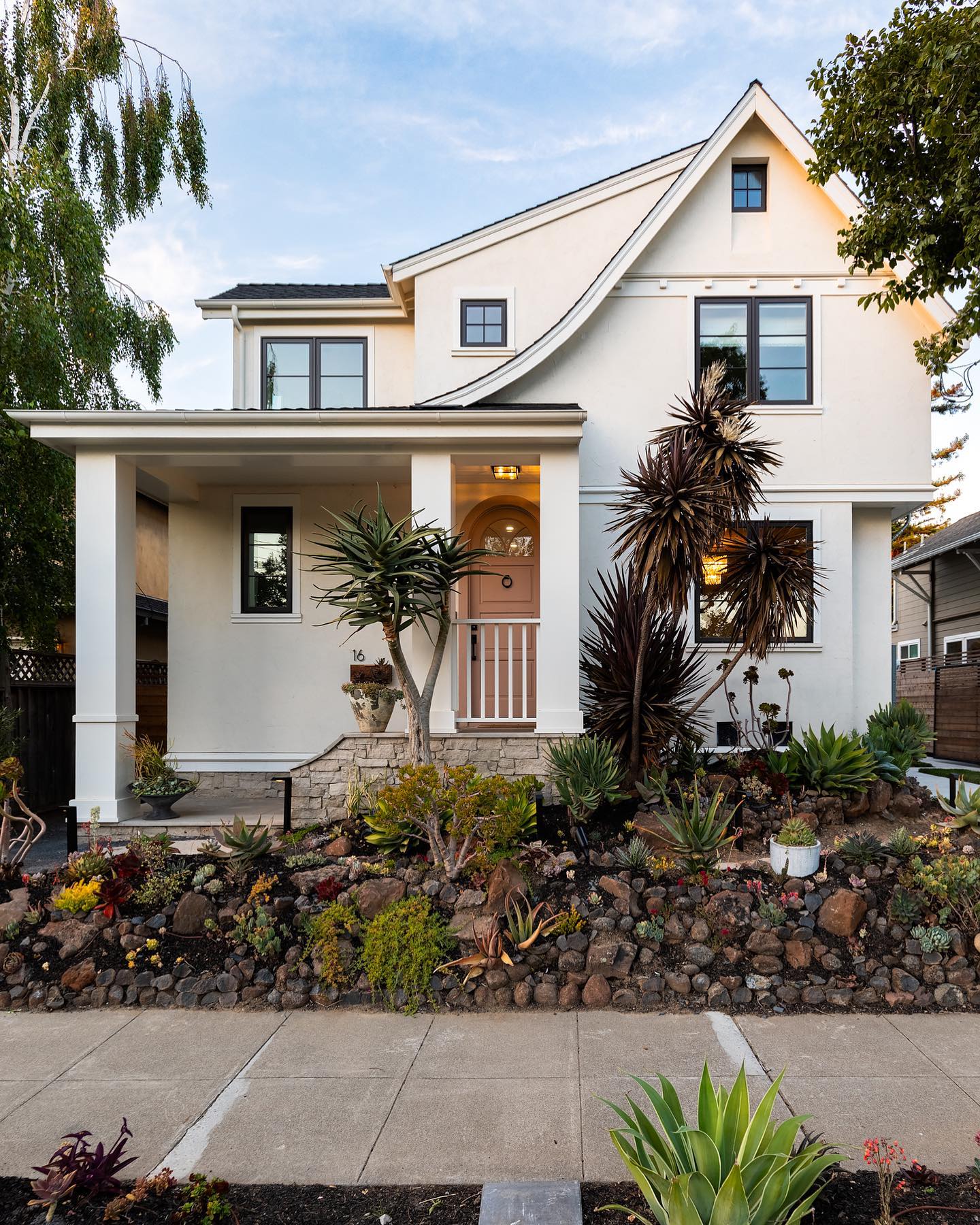
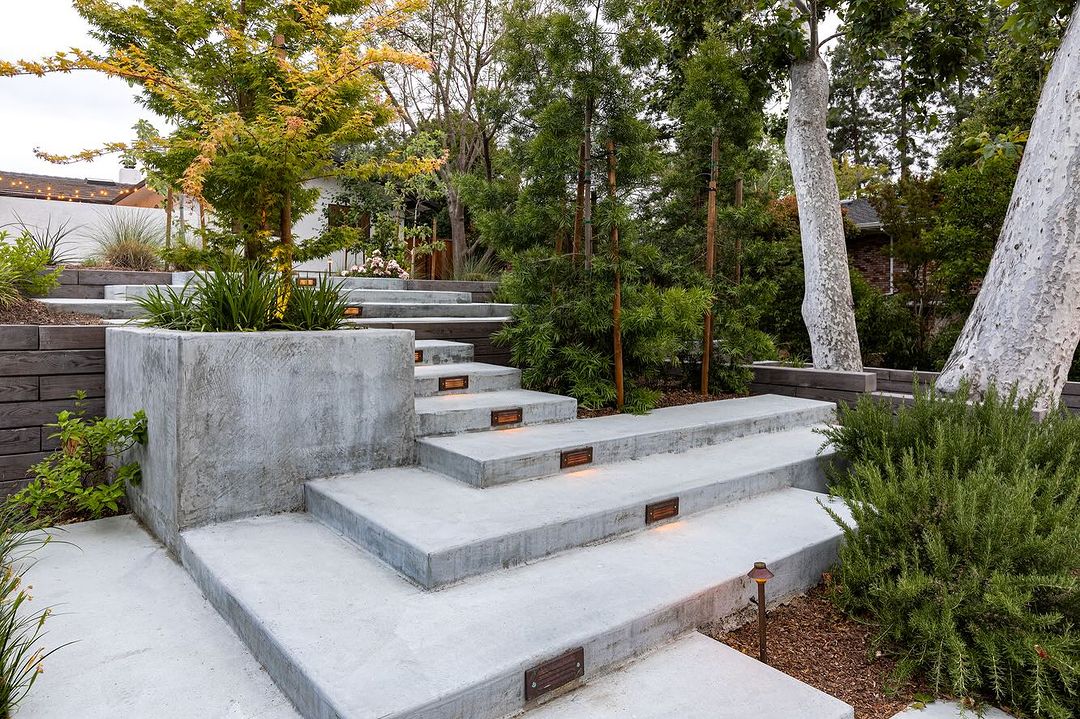
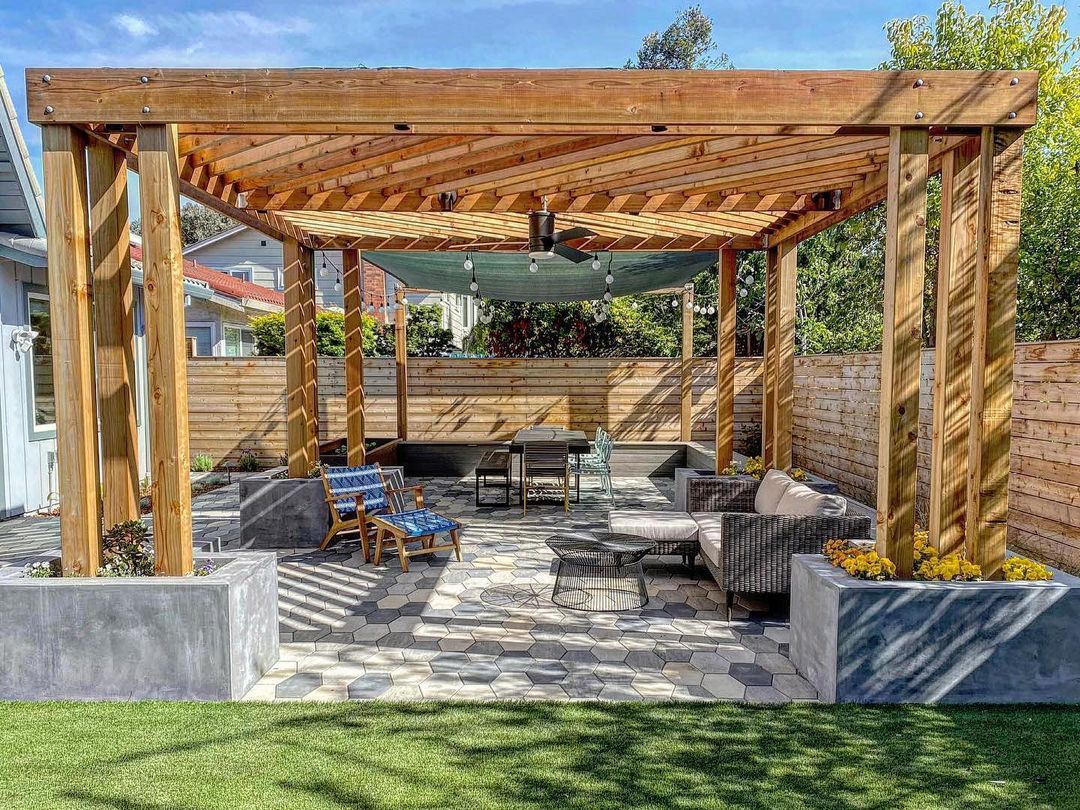
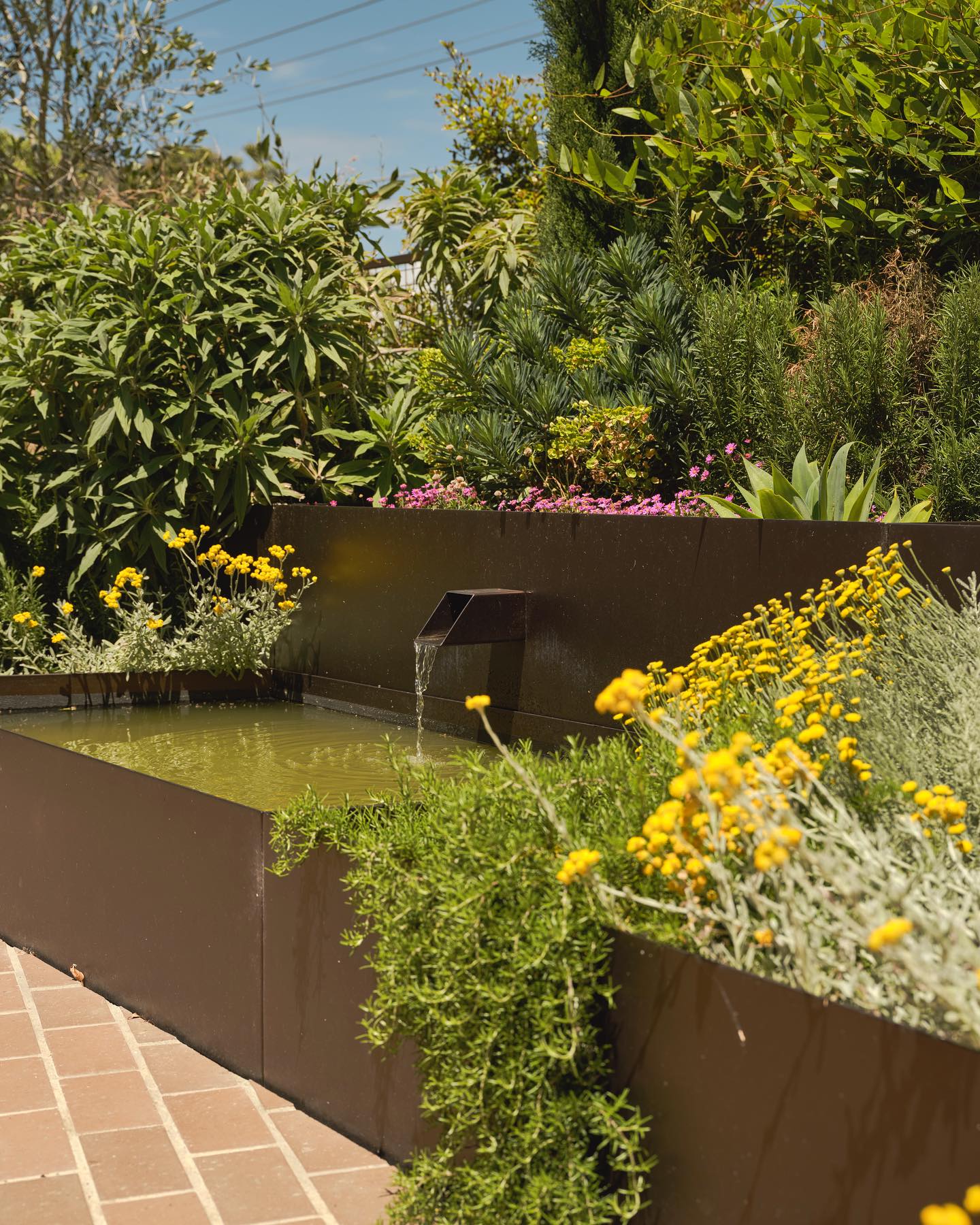
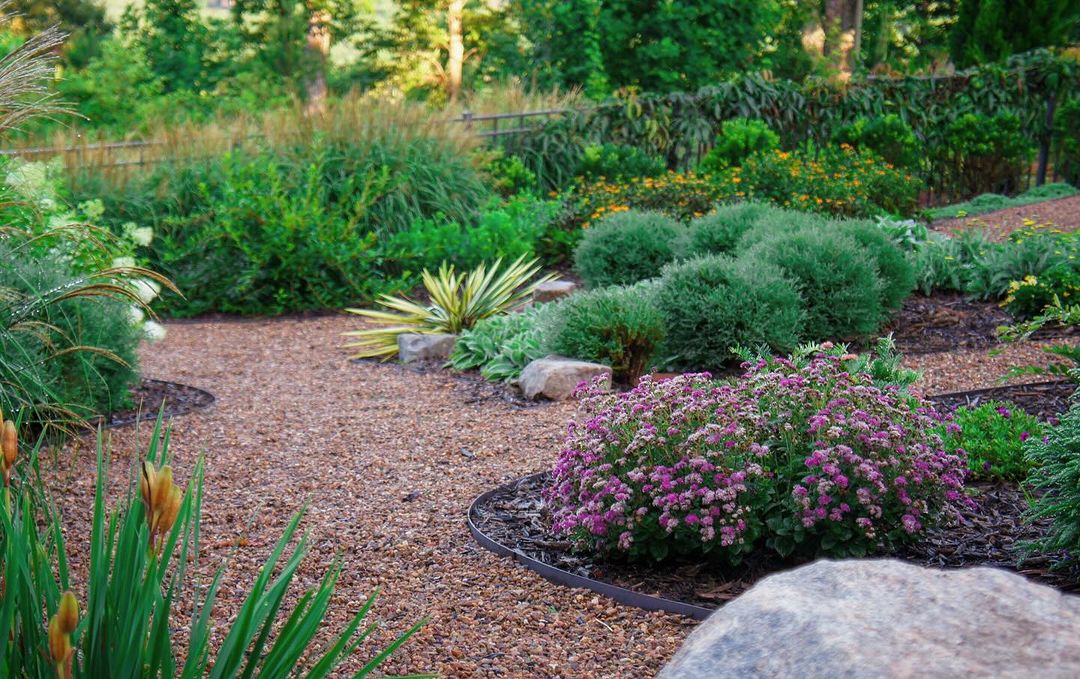
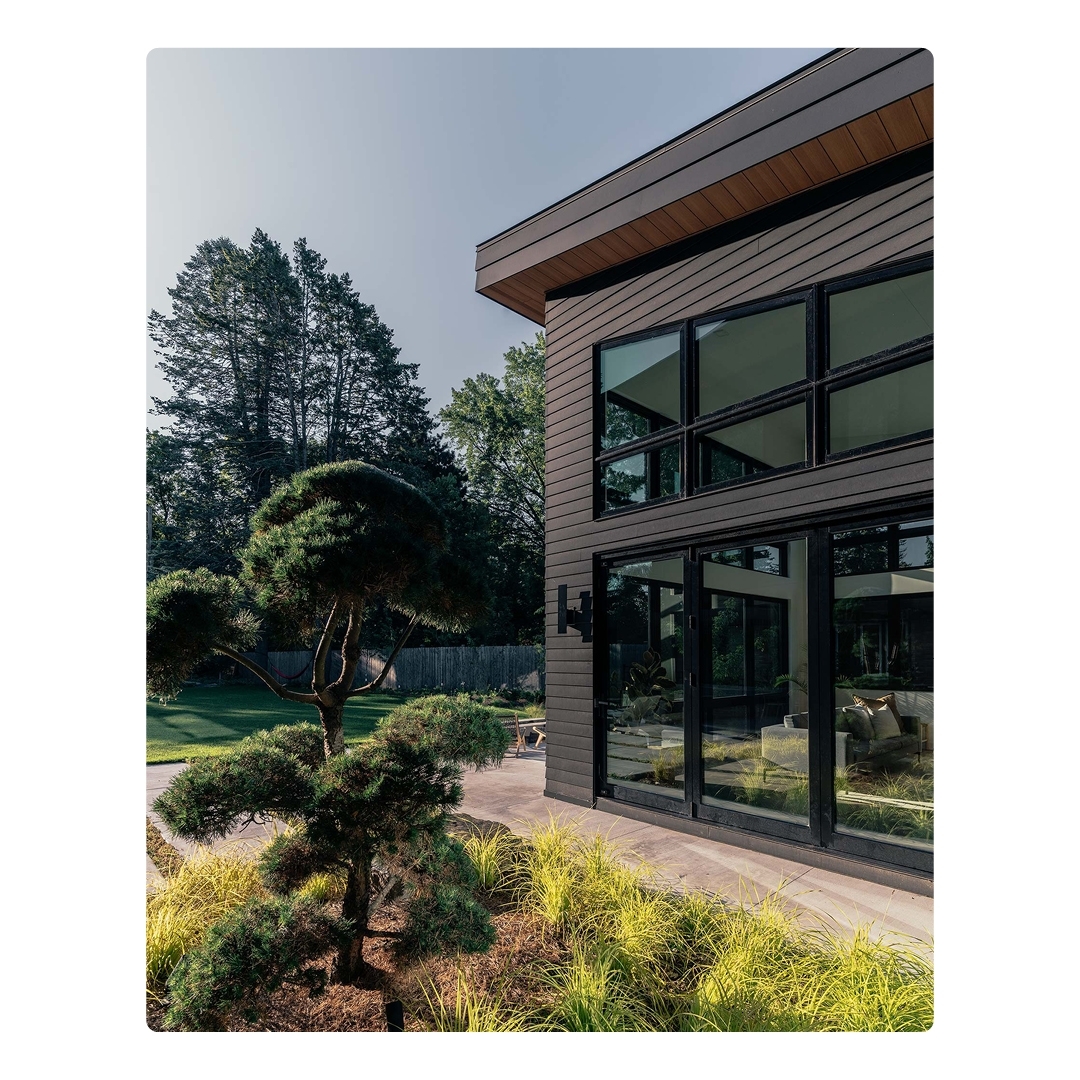

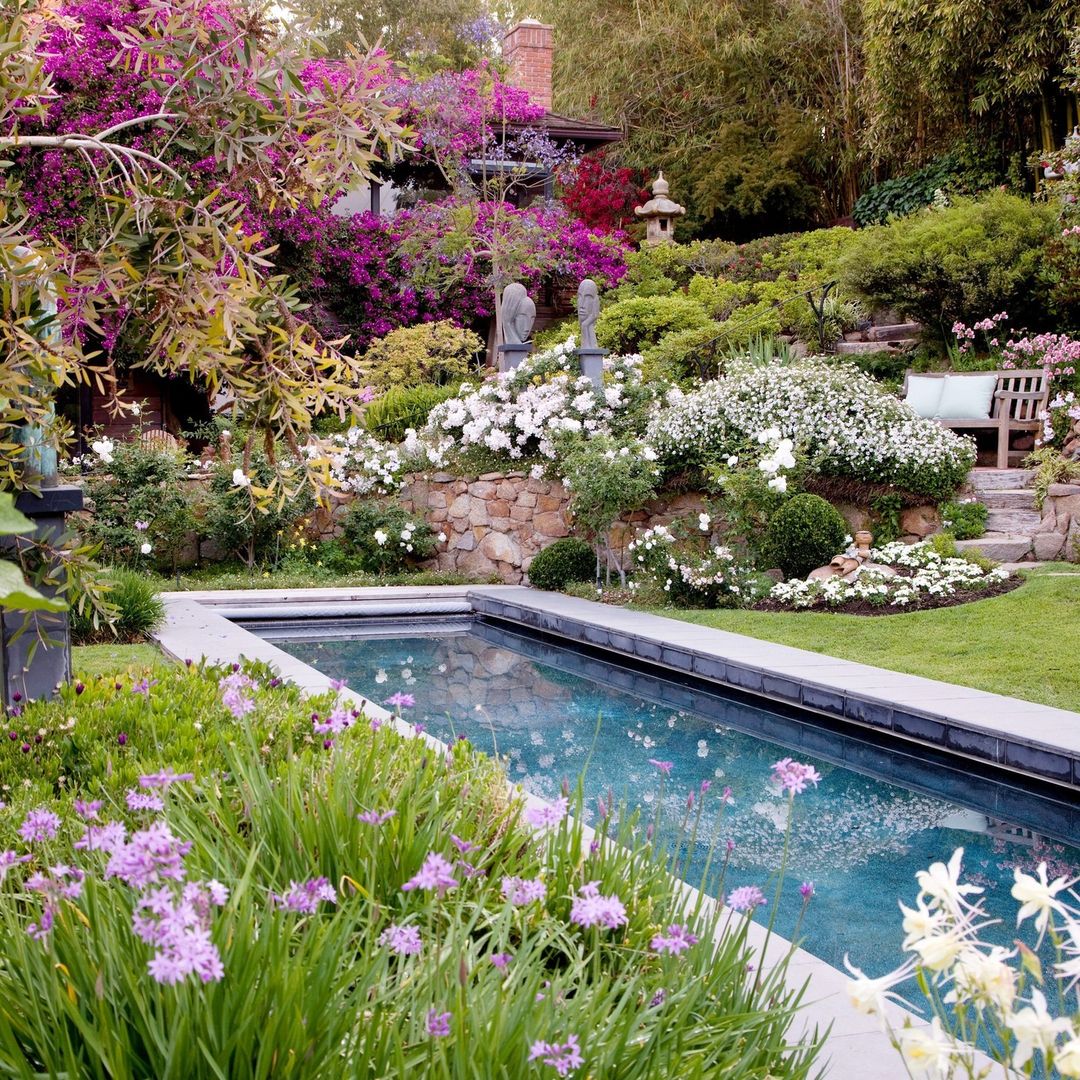
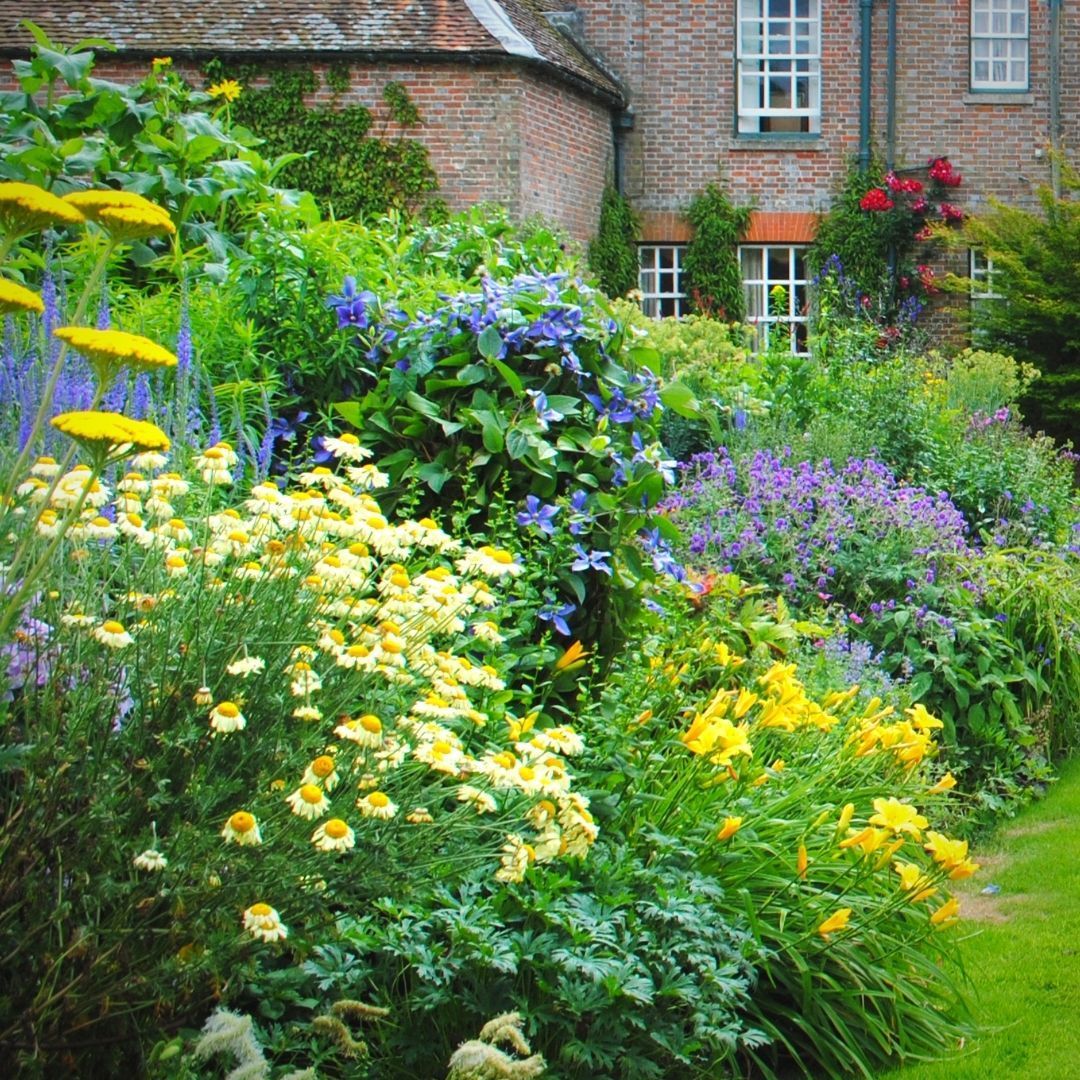
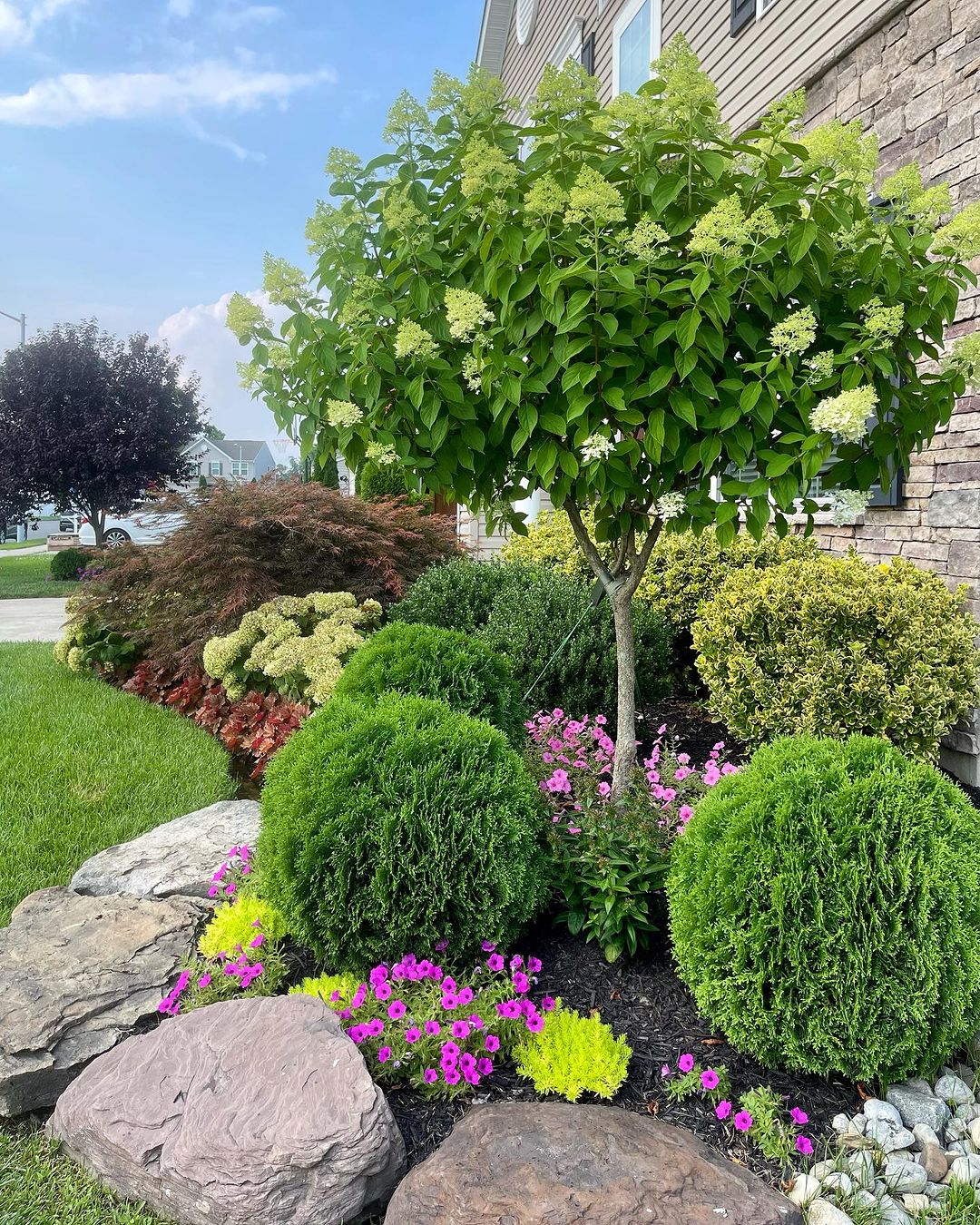
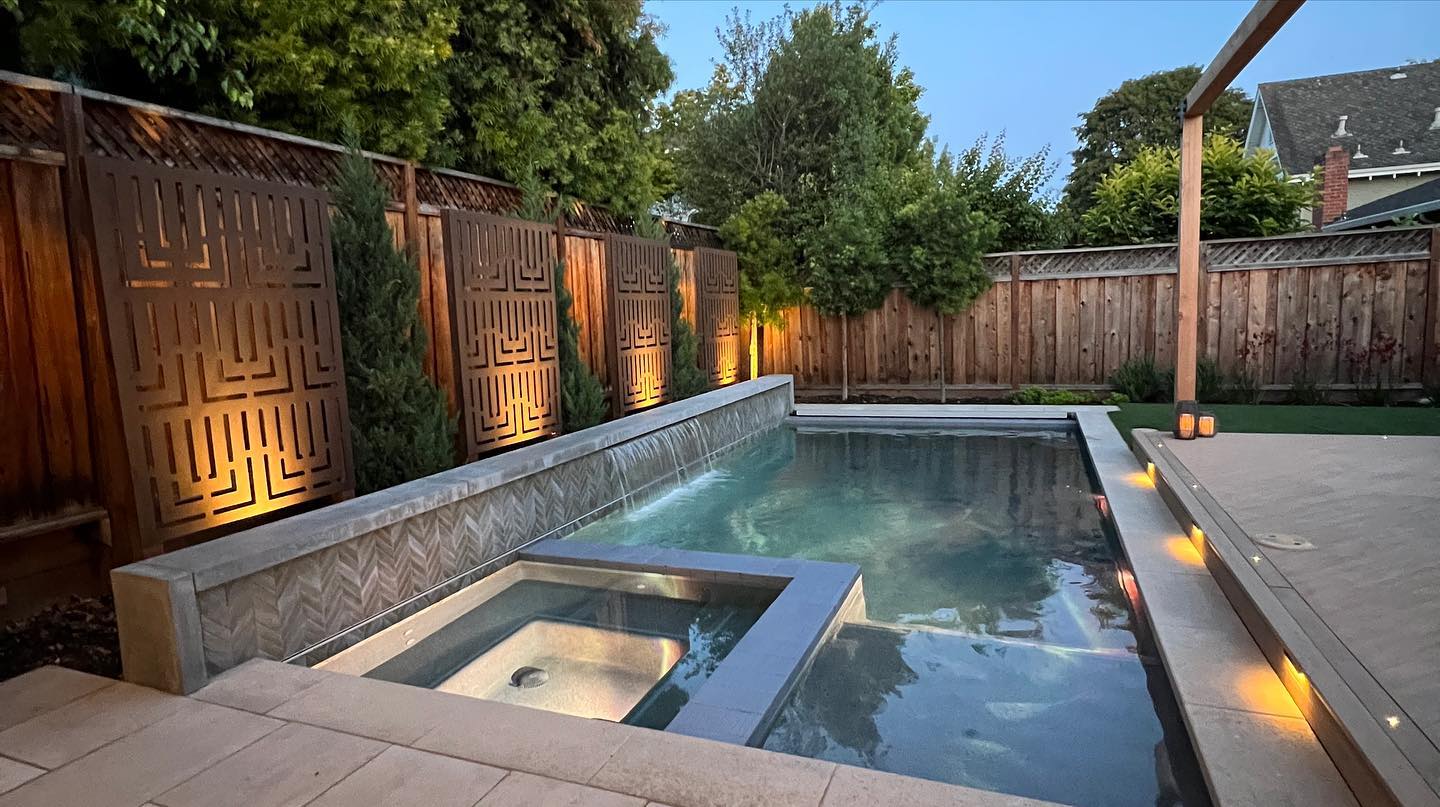
Comments